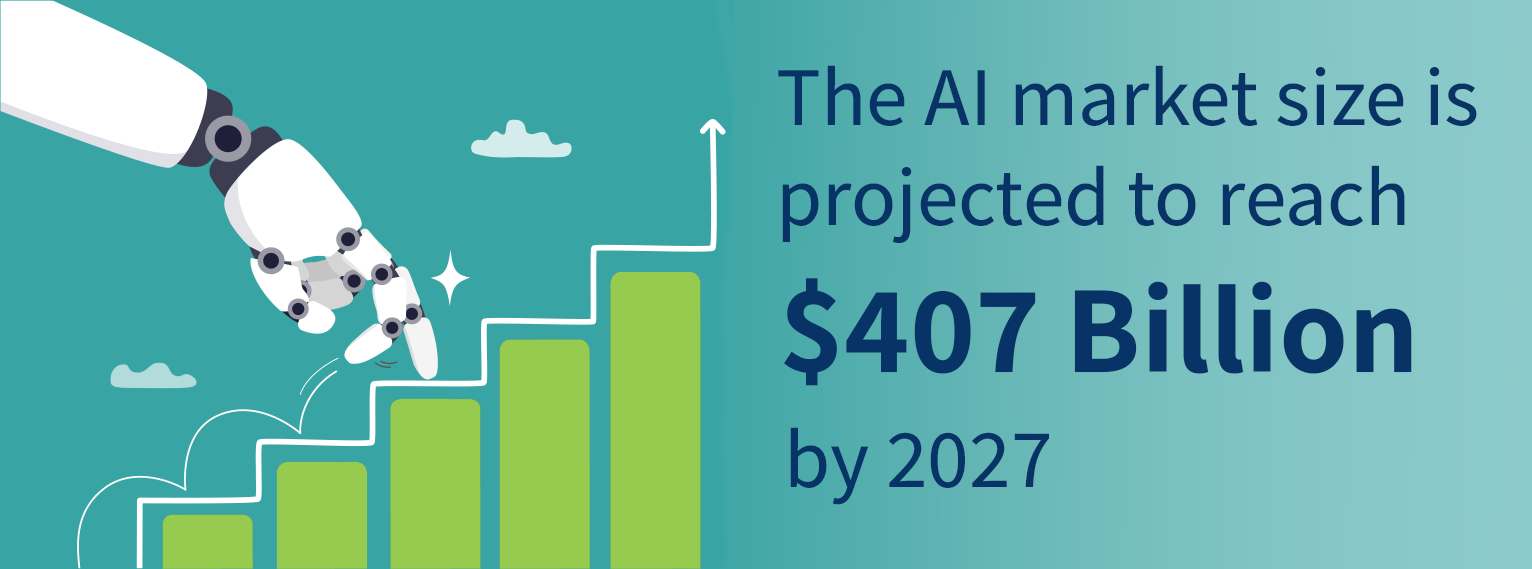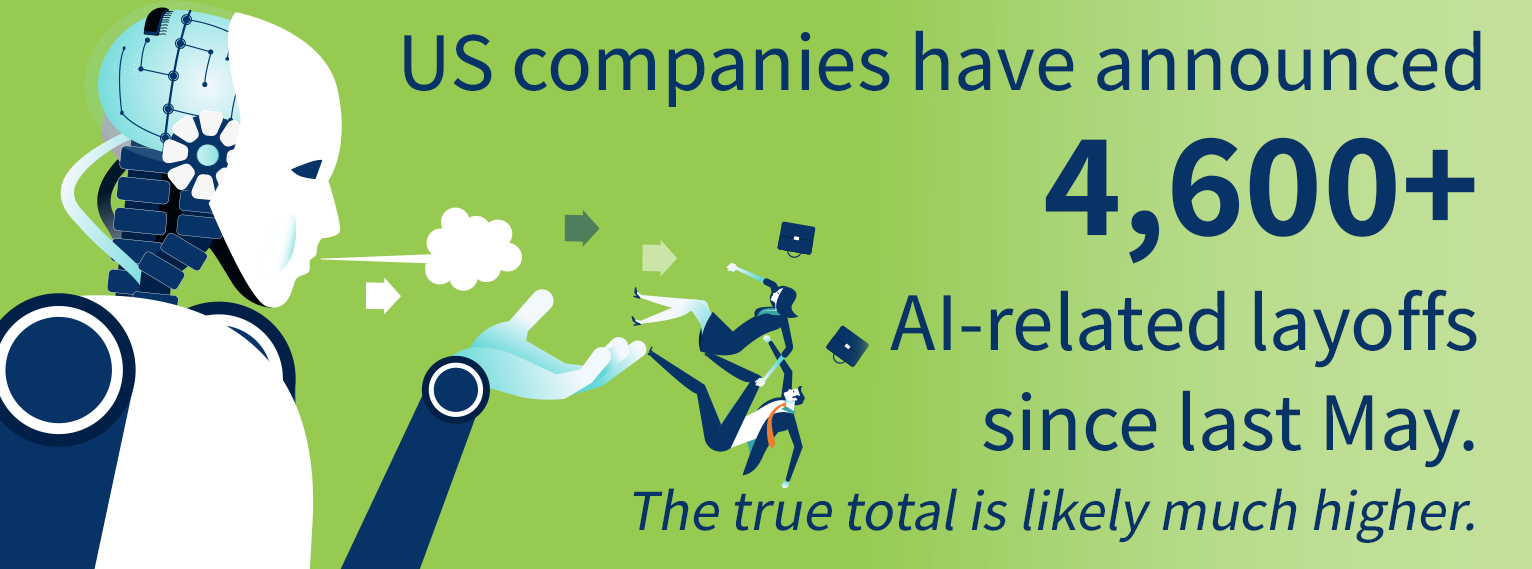AI Survival Guide: 5 Strategies to Stay Relevant in an Evolving Business Landscape
Last Updated: April 2, 2024
Artificial intelligence (AI), like a double-edged sword, evokes both awe and trepidation among businesses. On one hand, it promises to revolutionize work processes and enhance competitiveness. On the other, it threatens to displace workers and even entire companies. Business leaders find themselves at the precipice of another seismic shift, akin to the transition to remote work. Their economic survival will depend on taking a forward-thinking approach—one that harnesses AI as a powerful ally rather than a feared adversary.
The Terrifying Reality of AI Displacement
If you could save money by using AI instead of paying for a service, would you? Most of us would. Now, imagine your company is the service provider whom AI has rendered obsolete. If AI can replace workers, it can also replace vendors. This is the reality that is leaving companies and workers anxious about their future.
Consider Stack Overflow, the venerable platform where developers seek answers and share knowledge. Last October, Stack Overflow faced a pivotal moment: they announced layoffs affecting 28% of their workforce. Why? The rise of AI-powered tools—such as ChatGPT and GitHub’s integrated AI—is rendering some of their services redundant. These tools not only answer questions but can even generate code snippets. The very resource that once thrived on human expertise now grapples with its own obsolescence.
Technological revolutions, from the Industrial Age to the digital era, have consistently birthed new roles even as they reshaped existing ones. Rather than trembling at the prospect of job loss, organizations must pivot their mindset. The key lies in upskilling—the art of equipping employees with the tools to thrive in an AI-infused world. Encourage continuous learning, provide training programs, and emphasize that AI is a tool to augment human capabilities, not replace them.
Corporate governance plays a crucial role here. Organizations must cultivate a culture that celebrates experimentation, where failures are viewed as stepping stones to innovation. Imagine the productivity gains for an organization that uses AI-driven insights to guide decision-making, automates mundane tasks, and frees minds for creative endeavors.
Strategies for Creating an AI-Inclusive Culture
By adopting a proactive mindset, companies can adapt to AI and enjoy increased workforce efficiency and productivity. Here are some actionable steps:
- Data-Driven Decision Making: Organizations must become data-driven. Leverage AI to analyze data, make informed decisions, and drive efficiency.
- Alignment with Goals: Align AI initiatives with organizational objectives. Whether it’s enhancing customer experiences or driving societal impact, ensure that AI efforts contribute to strategic goals.
- Tolerance for Risk: Innovation thrives on calculated risk-taking. Encourage experimentation, celebrate learning from failures and iterate. Remember, the greatest innovations often emerge from calculated risks.
- Empowerment and Inclusion: Encourage cross-functional collaboration, solicit ideas, and involve employees in AI projects. When people feel heard and empowered, they become champions of change.
- Upskilling: Invest in training programs that empower employees to embrace AI technologies. Ensure they understand how AI can enhance their roles rather than threaten them.
Building an AI-ready company culture is not just about technology; it’s about mindset. As leaders, we must champion a culture that embraces change, values learning, and promotes innovation. By doing so, we can navigate the risks posed by AI and unlock a better future of work for everyone.


